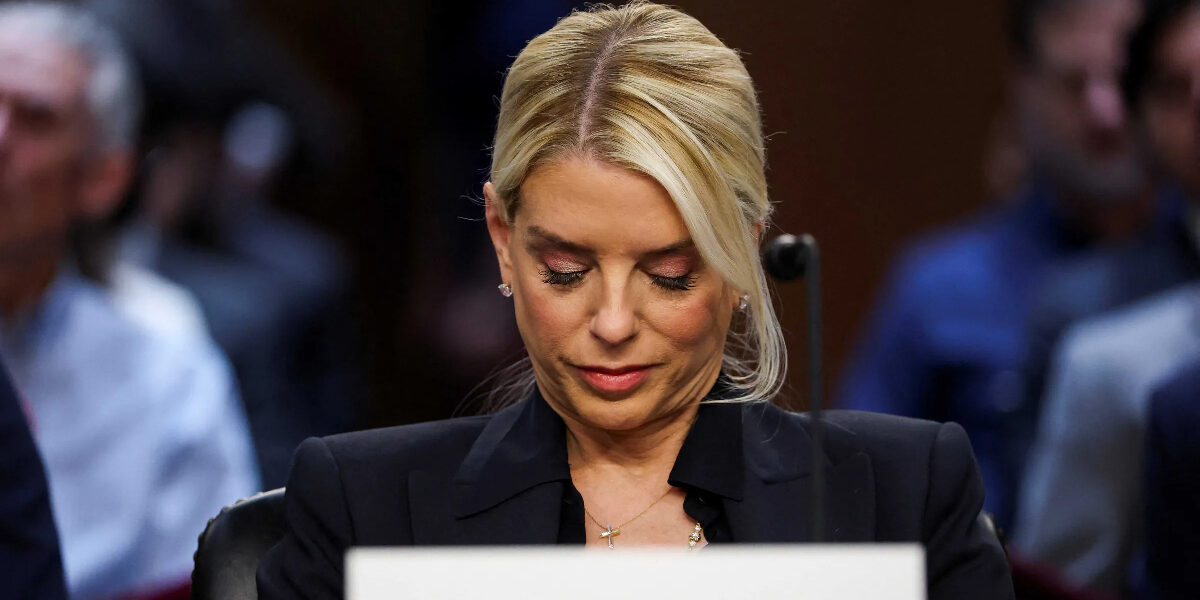The Justice Department faced an unexpected correction this week following confusion over the appointment of interim U.S. Attorney Lindsey Halligan — an incident that quickly spiraled into a public embarrassment.
The situation began when Lawfare reporter Anna Bower shared details on social media regarding a New York Times report. Halligan, unhappy with how Bower characterized her role, reached out directly to the journalist. What followed was a 33-hour text exchange between the two, filled with heated debate over legal nuances and the interpretation of ongoing cases.
Halligan is currently overseeing a high-profile prosecution involving a former FBI director and the New York attorney general in the Eastern District of Virginia. During the conversation, she not only confirmed portions of the New York Times story but also referenced details related to grand jury proceedings — information that is supposed to remain confidential.
A Conversation That Should’ve Stayed Private
Bower later published the entire exchange online after Halligan failed to specify that the discussion was off the record. Only after realizing that the conversation was turning into a public story did Halligan request confidentiality — a move many journalists considered too late.
The episode caught the attention of Justice Department spokesperson Natalie Baldassarre, who issued a statement criticizing Bower’s handling of the story.
“You clearly didn’t get the response you wanted — which was information handed over without doing the work — so you decided to tattletale to main justice,” Baldassarre wrote in her message. “Lindsey Halligan was trying to point you toward facts, not gossip. But when she made it clear that she couldn’t discuss grand jury details, you threatened to publish the conversation. Good luck getting anyone to speak with you again once you post their texts.”
A Misspelling Sparks Another Correction
Ironically, Baldassarre’s own statement included a mistake — she misspelled Halligan’s first name as “Lindsay.” Bower highlighted the error in her follow-up disclaimer, which appeared days later.
“Hours after Lawfare published this article, Justice Department spokeswoman Natalie Baldassarre provided the following additional comment: ‘Thank you for including my statement in your story. I just realized I spelled Lindsey’s name wrong in the initial response — would you mind correcting it?’” the disclaimer read.
A Rare and Awkward Exchange
In her report, Bower reflected on how rare the exchange was. Federal prosecutors do occasionally communicate with reporters, often through official channels or carefully managed background briefings. But Halligan’s decision to personally engage in an extended, informal text conversation about an active case was far from standard.
“My exchange with Halligan was highly unusual,” Bower noted. “She initiated contact to discuss an ongoing prosecution she is personally handling. Much of our discussion focused on her criticism of my reporting, yet parts of her messages touched on grand jury matters, even as she claimed she couldn’t disclose such information under federal law.”
The incident has since become a talking point in media circles, raising questions about professional boundaries between prosecutors and the press, and the growing tension between transparency and confidentiality within the Justice Department.
